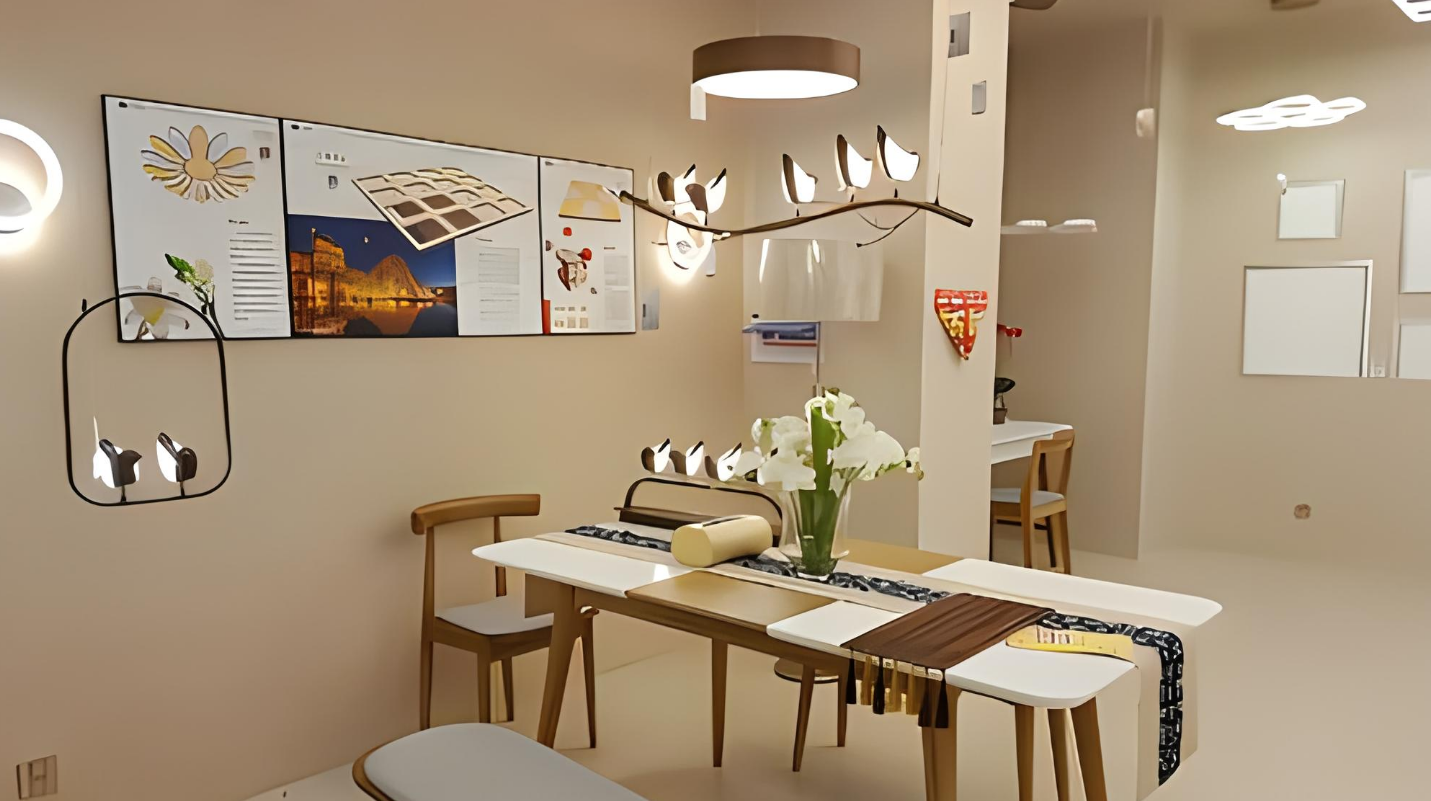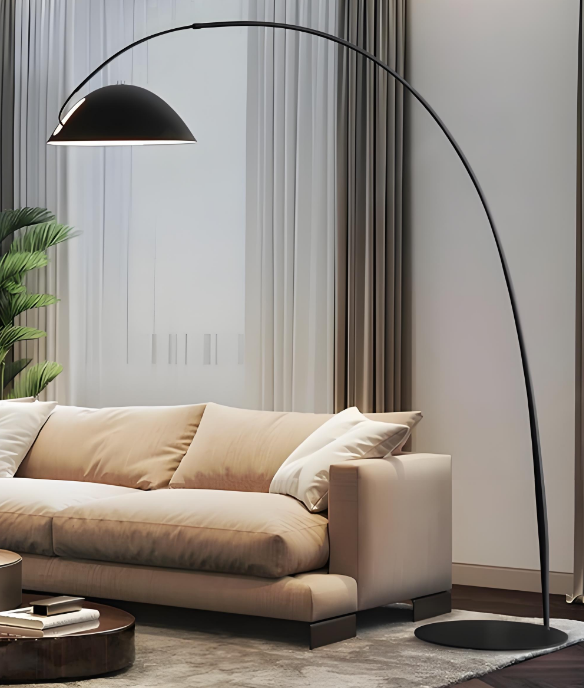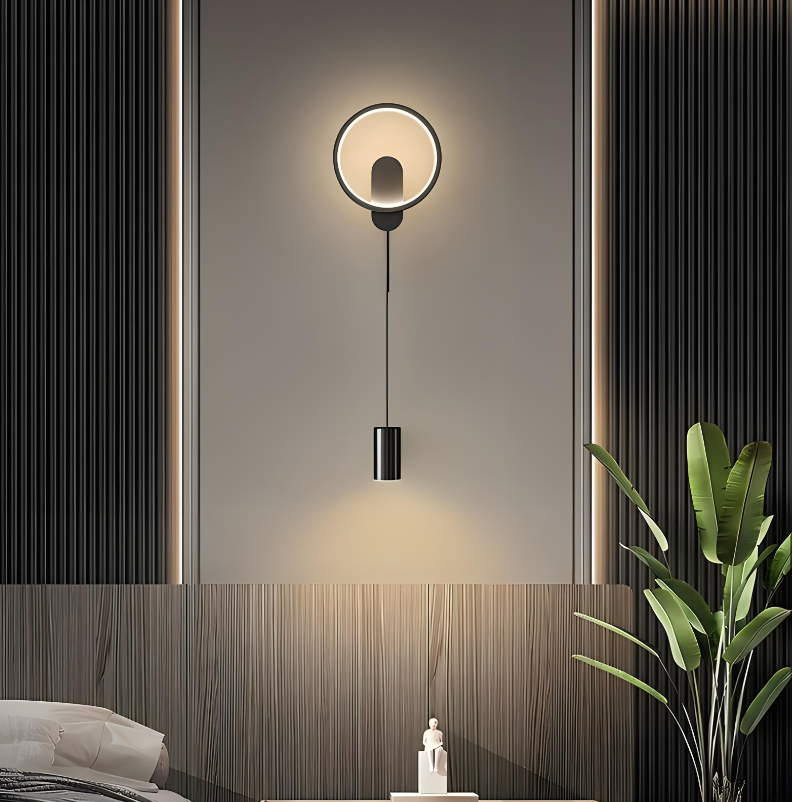
If you’ve been to a modern art gallery, seen a striking painting on the internet or even just admired someone else’s favorite piece of home decor, chances are good that track lighting was used to showcase it. While most people associate track lighting with industrial spaces, it can add drama to any room, especially if you know how to use it. Fortunately, it’s a relatively easy system to install.
In fact, if you already have an existing junction box in the ceiling, the job can be done in as little as a few hours. Just turn off the power at your circuit breaker to avoid getting shocked and remove any existing light fixtures from the junction box before starting your project. Then, identify where you want the track to run and cut it to your desired length, using connectors to join pieces together if needed.
The most important part of the process is choosing what kind of track heads you want to use. Track lights Lokeliving come in a wide variety of designs to fit any style, from decorative bulbs to line and low voltage halogens, LEDs and more. However, not all track heads and railings work together, so it’s important to select components that are compatible.
You also need to consider the amount of light you need. Do you want a wide beam of illumination for general room lighting, or do you need a narrower focus for task or accent lighting? There are even track systems that offer a blend of both.
Once you have your track lights and their components selected, you’ll need to keep a running tally of the total wattage. A single track lighting circuit can handle up to 768 watts, but you need to factor in the wattage of all the light fixtures you plan to attach to the system to ensure that the wattage doesn’t exceed your home’s electrical system capacity.
You’ll need to mount the track lighting to the ceiling, either by driving screws into joists or using drywall anchors like molly bolts in especially high areas such as vaulted ceilings. Then, connect a power terminal to the track and route electrical conductors to each fixture. Depending on the system, these may include a single live wire or multiple hot wires that allow you to turn some of the track lights on and off independently of others. Most systems also have a grounding wire that connects to the track to protect against shock. Lastly, you’ll need a switch to control the track lights. Whether you choose an in-wall dimmer or a wall-mounted or ceiling-mounted rotary switch, make sure it can accommodate the wattage of the track lights you plan to use.




